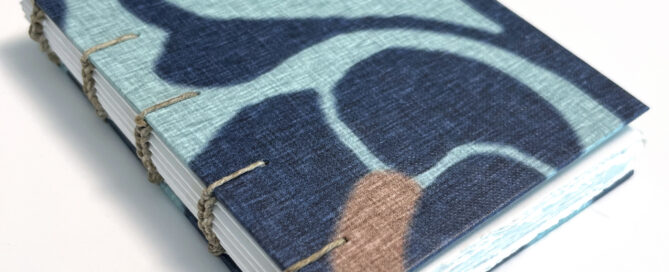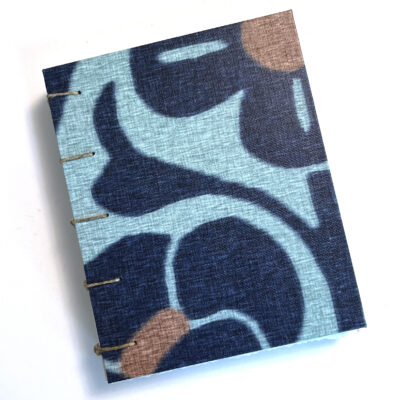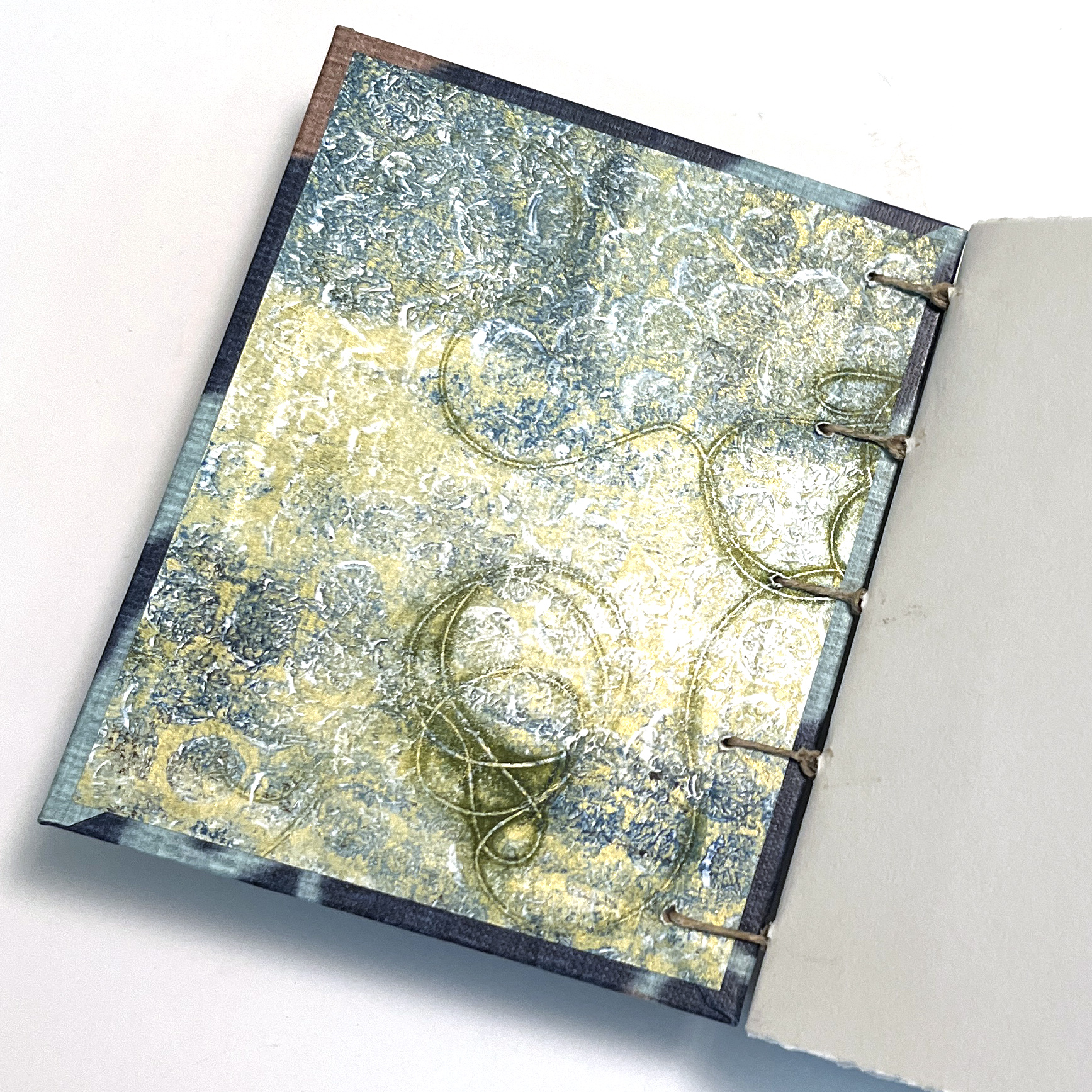International Art & Found Day 2025
One of my goals for my business this year was to “Bring more joy.” and tomorrow’s project is going to do exactly that. I am participating in International Art & Found Day, a day when thousands of artworks from artists all over the world will be placed within their local communities for neighboring residents to find. #artandfoundday
 I found out about this from a follow artist friend and it happens to land on my Dad’s birthday. What better way to celebrate (since my dad is also an artist) than to share some art out in the world. And when I read the history of the project, the reason that the founder chose March 12 is because it was her dad’s birthday too.
I found out about this from a follow artist friend and it happens to land on my Dad’s birthday. What better way to celebrate (since my dad is also an artist) than to share some art out in the world. And when I read the history of the project, the reason that the founder chose March 12 is because it was her dad’s birthday too.
The idea is that artists package up any kind of art and put it out in the world for others to find. Tomorrow is supposed to be pretty nice weather, so I am going to take a walk and put things in my neighborhood. I will be sharing photos on my Instagram, kind of like a scavenger hunt.

According to the website right now, there are 1600+ artists participating from 47 different countries. That link will let you check the map and see if there is some art happening near you. If not, I am ALSO going to hide a couple of photos on my website for a virtual art drop on Wednesday March 12. If you find one of those photos and email me a screen shot I will send you an art drop surprise.
What art am I going to share? I always make a sample along with my students when I teach a class so I have all kinds of cute felt animals: frogs, sheep, toucans, cats, dogs. I have more samples than I will ever need so I am really excited to share these and send them off to new homes.








 To join the last stitch, add just one bead and then go back through the very first bead of the first stitch from top to bottom.
To join the last stitch, add just one bead and then go back through the very first bead of the first stitch from top to bottom.
 Instead of using liquid bleach, I used Soft Scrub with bleach, which is like a thick paste, and a 1 inch flat brush. (You could also use the gel version.) I tucked a piece of cardboard inside the shirt to keep the bleach from soaking through. I laid each leaf on a piece of aluminum foil and painted the back side with a generous layer of soft scrub. Then I flipped it over and pressed it onto the shirt. I put gloves on for this step because I know my hands would itch all afternoon if I covered them in cleanser. I was careful to press all around the edges of the leaf to make sure I got that maple leaf outline. I let the leaves sit on the shirt for about half an hour for the bleach to do its thing.
Instead of using liquid bleach, I used Soft Scrub with bleach, which is like a thick paste, and a 1 inch flat brush. (You could also use the gel version.) I tucked a piece of cardboard inside the shirt to keep the bleach from soaking through. I laid each leaf on a piece of aluminum foil and painted the back side with a generous layer of soft scrub. Then I flipped it over and pressed it onto the shirt. I put gloves on for this step because I know my hands would itch all afternoon if I covered them in cleanser. I was careful to press all around the edges of the leaf to make sure I got that maple leaf outline. I let the leaves sit on the shirt for about half an hour for the bleach to do its thing. You never know what color bleach will come out on colored fabrics. My olive green shirt bleached to a great apricot orange color! The orange shirt didn’t work quite as well and I have a couple of theories about that. First the orange was a lighter, heathered color with more polyester and so there might have not been as much color there to react to the bleach. Second I noticed that my soft scrub was drying out quickly on a warm windy day and so it wasn’t nearly as wet when I got to painting on to the leaves for the second shirt. That may have made the bleach less effective. This photo was the shirts after I had peeled off the leaves and the softscrub was basically dry. When I was done, I put the shirts into the washer and dryer to rinse out any extra soft scrub. It was a quick, fun project and I got a great t-shirt that I wore this week. If you try it out, send me a photo!
You never know what color bleach will come out on colored fabrics. My olive green shirt bleached to a great apricot orange color! The orange shirt didn’t work quite as well and I have a couple of theories about that. First the orange was a lighter, heathered color with more polyester and so there might have not been as much color there to react to the bleach. Second I noticed that my soft scrub was drying out quickly on a warm windy day and so it wasn’t nearly as wet when I got to painting on to the leaves for the second shirt. That may have made the bleach less effective. This photo was the shirts after I had peeled off the leaves and the softscrub was basically dry. When I was done, I put the shirts into the washer and dryer to rinse out any extra soft scrub. It was a quick, fun project and I got a great t-shirt that I wore this week. If you try it out, send me a photo!


